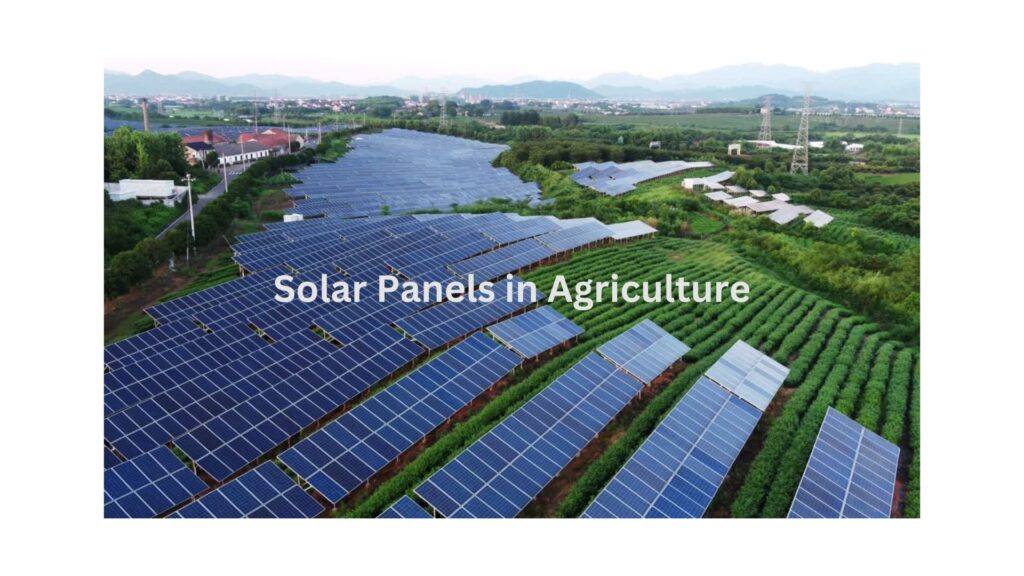Using solar panels in agriculture, also known as agrivoltaics or agrophotovoltaics, is an innovative approach that combines solar energy production with farming. This dual-use strategy can benefit both energy generation and agricultural productivity. Here’s how:
1. Benefits of Solar Panels in Agriculture
a. Dual Land Use:
- Farmers can generate renewable energy while still using the same land for crops or livestock.
- This maximizes the productivity of agricultural land, especially in areas where land is limited.
b. Energy Cost Savings:
- Solar panels can power irrigation systems, greenhouses, and other farm equipment, reducing reliance on traditional electricity sources and cutting operational costs.
c. Crop Protection:
- Solar panels provide partial shading, which can protect crops from extreme heat, reduce water evaporation, and improve soil moisture retention.
- This is particularly beneficial for shade-tolerant crops.
d. Diversified Income:
- Farmers can earn income from selling excess solar power back to the grid or from leasing land to energy companies.
e. Sustainable Practices:
- Reduces the farm’s carbon footprint by shifting to renewable energy.
- Promotes environmentally friendly farming practices.
2. Challenges to Consider
a. Initial Costs:
- High upfront costs for installing solar panels, though these can be offset over time through savings and incentives.
b. Maintenance:
- Solar panels require regular cleaning and maintenance, especially in dusty or rural environments.
c. Crop Selection:
- Not all crops thrive under partial shading. The choice of crops needs to align with the microclimate created by solar installations.
d. Land Use Regulations:
- Local zoning laws and agricultural policies may affect how solar panels can be integrated into farming.
3. Types of Solar Applications in Agriculture
a. Ground-Mounted Solar Panels:
- Installed over crop fields with enough space to allow sunlight and machinery access.
b. Solar Greenhouses:
- Solar panels integrated into greenhouse structures, providing energy for climate control systems.
c. Solar-Powered Irrigation:
- Solar panels power pumps and irrigation systems, especially useful in off-grid or remote farming areas.
d. Floating Solar Farms (Floatovoltaics):
- Panels installed on irrigation ponds or reservoirs, reducing water evaporation while generating electricity.
e. Solar Fencing and Lighting:
- Solar-powered electric fences for livestock and lighting for security and farm operations.




